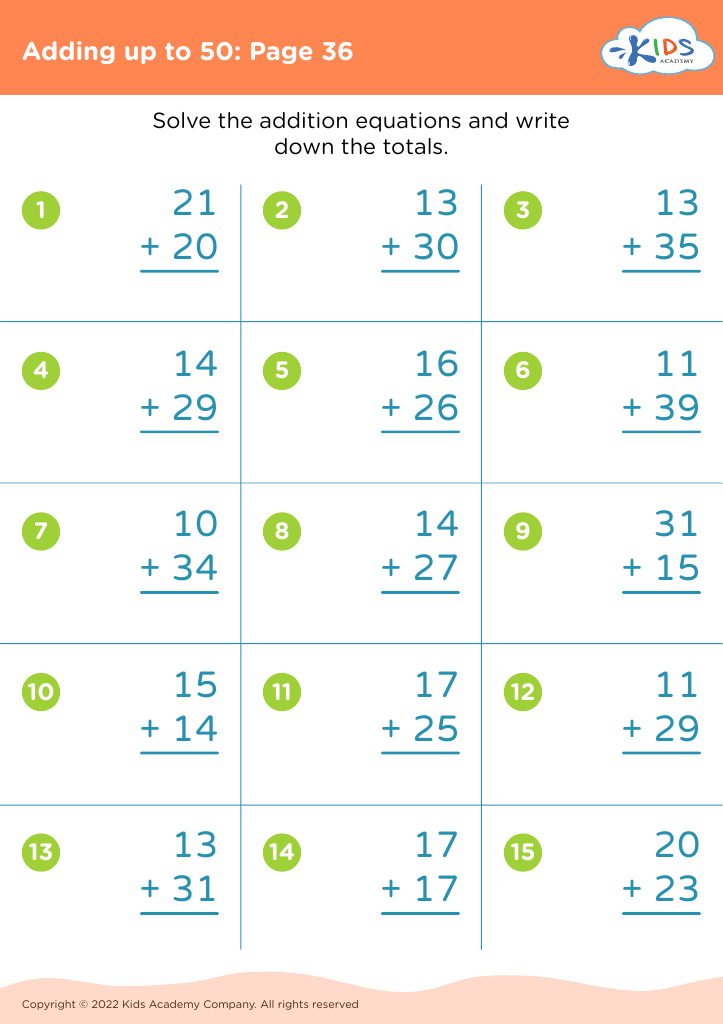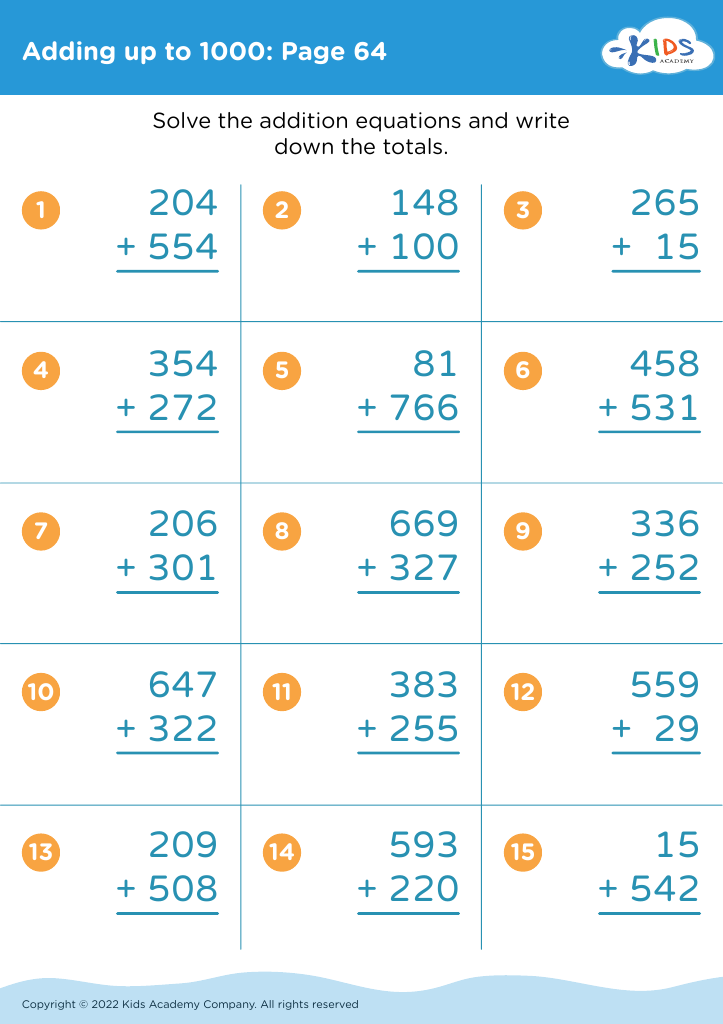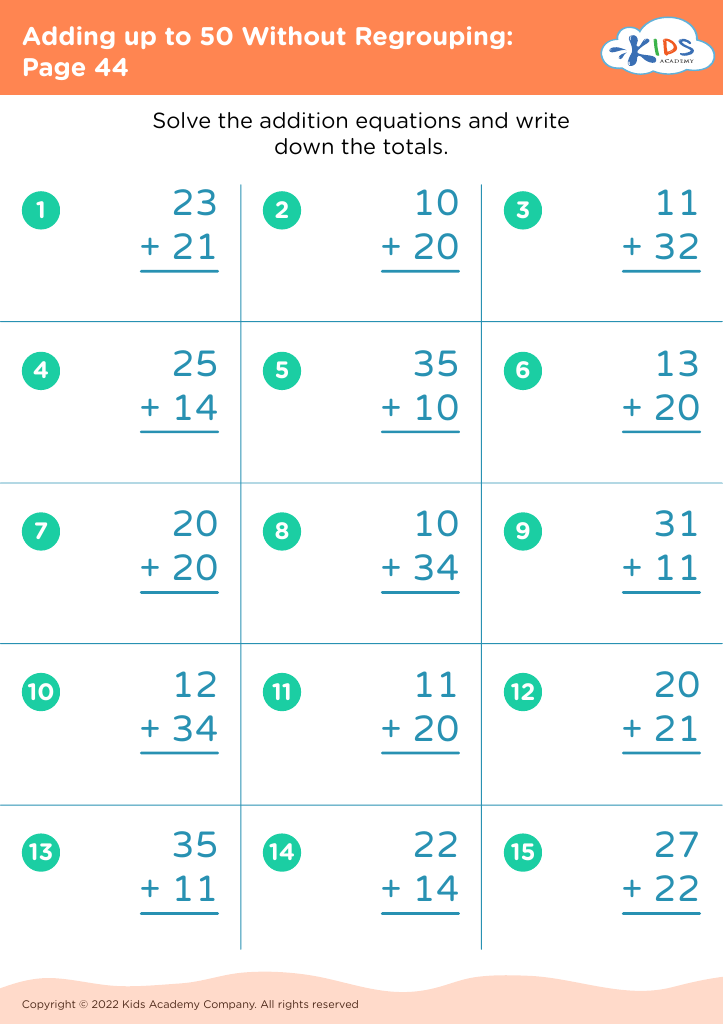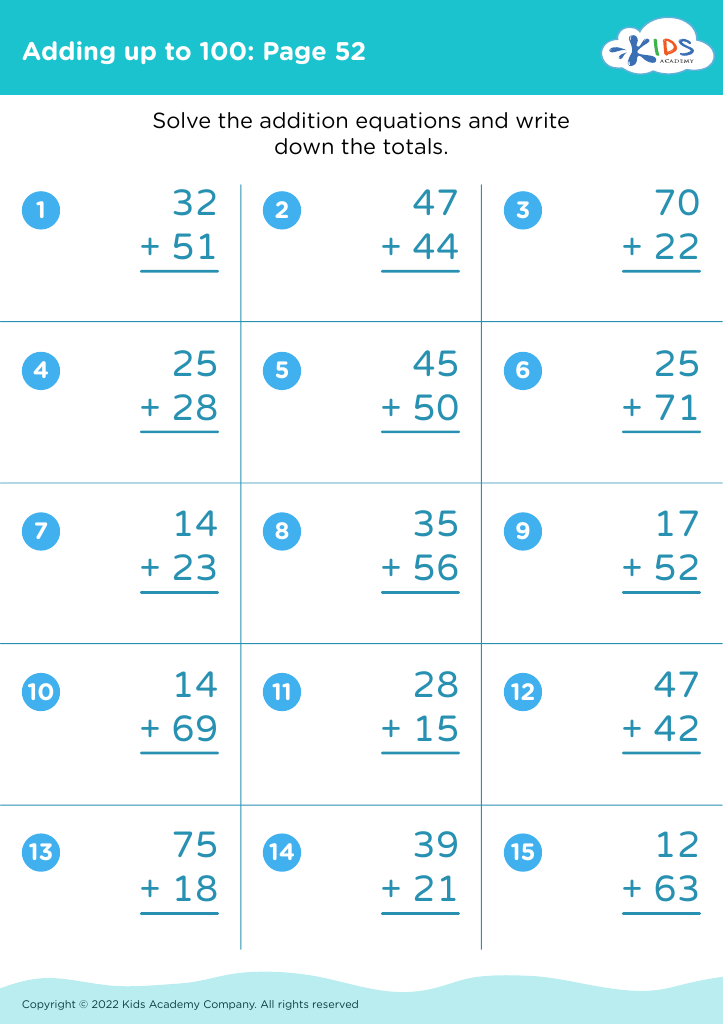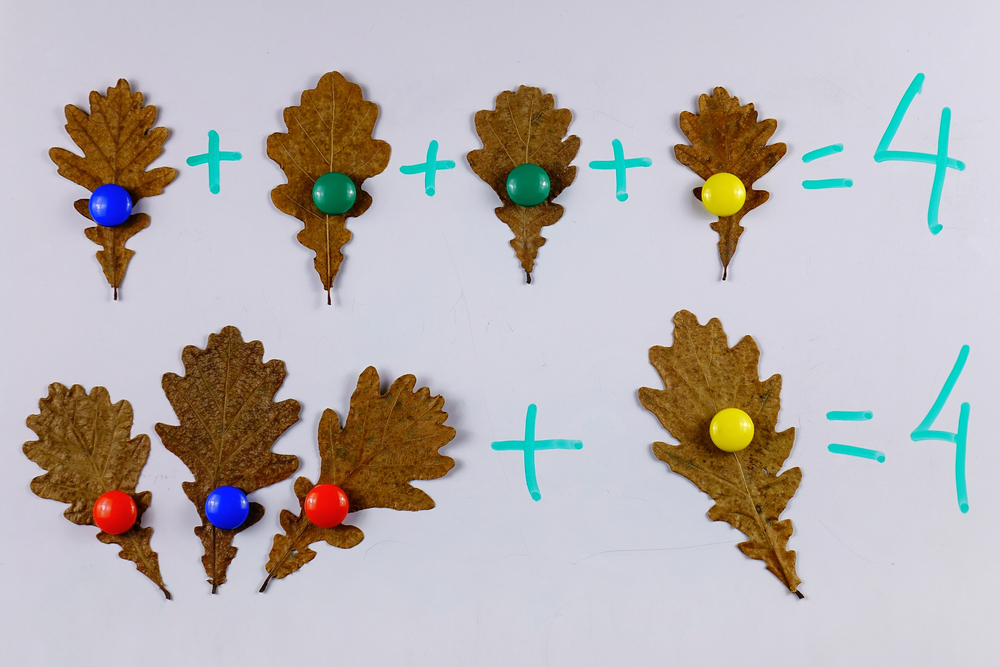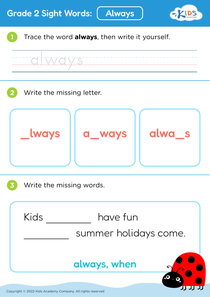Understanding sequencing Grade 2 Addition Worksheets
7 filtered results
-
From - To
"Understanding Sequencing Grade 2 Addition Worksheets" help your child master essential math skills with engaging activities. Designed for second graders, these printable worksheets focus on enhancing sequencing abilities within the context of addition. Through a variety of exercises, students learn to recognize numerical order and patterns, building a strong foundation for more advanced math concepts. Children will enjoy solving puzzles, filling in missing numbers, and understanding the logical progression of numbers in addition sequences. These worksheets make learning fun and interactive, supporting both in-class instruction and at-home practice, ensuring comprehensive understanding and retention of sequencing fundamentals.
Understanding sequencing in Grade 2 addition is crucial for young learners' mathematical development and overall cognitive growth. Sequencing refers to the ability to understand and order a series of steps logically, which is a foundational skill not just in math but across various subjects and real-life situations.
From an educational perspective, sequencing in addition helps children grasp the concept of place value, an essential component of arithmetic. Young students learn how to carry over numbers properly, ensuring accurate calculations. This skill also lays the groundwork for more complex operations such as subtraction, multiplication, and division.
Parents and teachers should care because mastering these sequence steps enhances problem-solving abilities, analytical thinking, and logical reasoning. Moreover, sequencing skills extend beyond math, aiding in the comprehension of stories, following instructions, and understanding the sequence of events in time.
In a classroom setting, determining the correct sequence helps students to stay organized and approach problems methodically. For parents, encouraging sequencing at home through simple activities nurtures patience and consistency in their child’s approach to tasks. Ultimately, investing time in teaching and reinforcing sequencing at grade 2 can foster a solid mathematical foundation, boosting confidence and academic success in future years.
